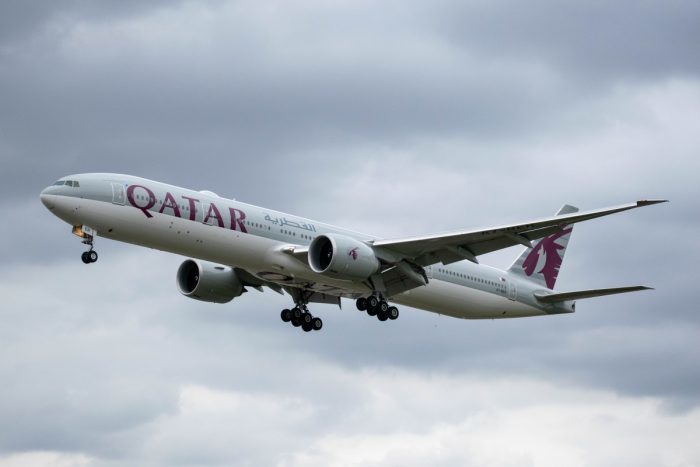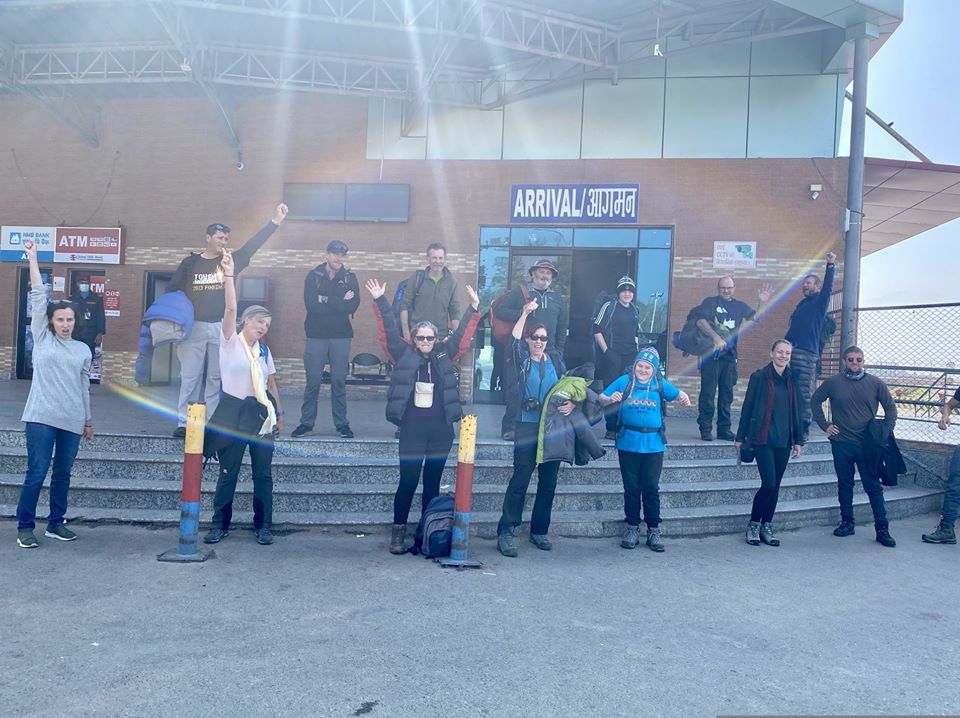
Soon after the announcement of a lockdown by the Nepalese government, the Australian Embassy in Nepal sprung into action. Their priority was the safety of its citizens and residents. While negotiating a plane to take them back home, they first began the task of registering the number of Australian citizens and permanent residents in Nepal.
As per their Facebook page, a little under 200 residents and citizens registered themselves. While most were in Kathmandu, a few were as far as the Khumbu Region, Pokhara, and even Langtang. As registrations continued, the embassy continued their negotiations. They even secured a flight out of Pokhara and Lukla, and brought many of their citizens/residents back to Kathmandu.

Amidst all the negotiations, the embassy was also able to secure a chartered international flight back home to Sydney. On Friday evening, it announced the plane, a Qatar Airways flight would take the stranded Australians home to Sydney via Doha on Monday, the 30th of March, 2020.
Meanwhile, things were rapidly changing back at home too – the Australian Government had announced a 14 day cumpulsory quarantine for residents/citizens returning home. It meant Australians returning home would not be allowed to complete the mandatory 14-day self-isolation period at home, but would instead be taken into state-run quarantine centres.
The quarantine would also have to be undertaken in whichever state their international flight would arrive in – in this case NSW. This meant difficulty for residents from other states.
Thankfully, they were to be housed, fed, and transported by the government.
Another point of concern was the price of the ticket to get home too – the price for each traveller was set at USD 2295 (approx AUD 3735). The Australian Embassy in Nepal said ‘the flight is not an assisted departure evacuation flight, and would not be paid for by the Australian government’.
For travelers who were already unsure if they would be refunded for their canceled tickets, the sum was hefty. They had a tough decision to make.
On Facebook, social media users exhibited a mix of emotions – while most congratulated the efforts of the Australian Embassy, many stated their intention to stay in Nepal during the crisis owing to the ticket price.
Many also argued that Nepal would be a safer destination to stay – citing the differences in the number of confirmed cases between the two nations. However, who is to confirm that Nepal’s numbers will not rise?
For many who decide to stay, the major question remains ‘what if the number of cases rise to an extent where Nepal’s health infrastructure is unable to handle the pandemic?’
For Australians, it can also be argued that the safer decision would be to return home – despite the amounts incurred. With 4 confirmed cases, Nepal could be in the middle of a possible outbreak. As the weeks progress, if the number of cases rise, Nepal’s already weak health infrastructure would be massively overburdened.
Another point of concern is also PM Morrison’s message on Friday about the possibility of it becoming ‘very difficult’ for residents/citizens to get back into Australia. The Qatar Airways flight out of Kathmandu might as well be the last flight to Australia for a long time, at least until the crisis has substantially subsided.
For the Australian resident/citizen these are hard choiss to make. One has to consider the economic and social costs of the crisis, and their decision, and we implore you to carefully assess the situation while making a decision.
No matter which decision you make, our responsibility is to remind our readers to practice safe hygiene and maintain social distance. Like most countries, Nepal and Australia’s responsive actions are towards flattening the curve – and to flatten the curve, the public’s responsibility is the foremost.





